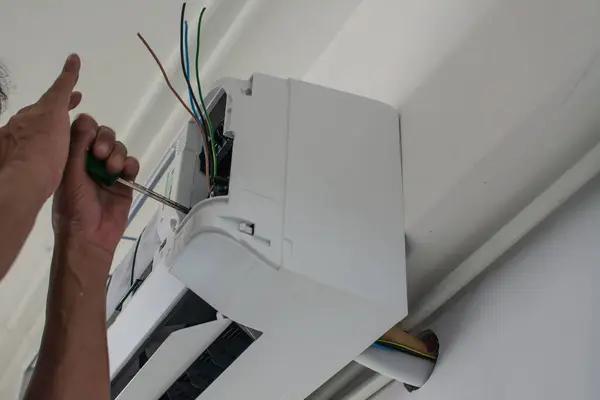Achieving perfect climate control in any indoor space begins with proper air conditioning installation. The efficiency and effectiveness of an air conditioning system rely heavily on how well it is installed, as even the best units can underperform if not set up correctly. Proper installation ensures that the system operates at its designed capacity, providing consistent cooling while maintaining energy efficiency and prolonging the lifespan of the equipment.
One crucial aspect of AC installation is selecting the right size unit for the specific area it will serve. An oversized or undersized air conditioner can lead to various problems such as uneven cooling, frequent cycling, increased wear and tear, and higher energy bills. Professionals use detailed calculations considering room dimensions, insulation quality, window placement, and local climate conditions to determine the appropriate capacity needed for optimal performance.
Another important factor during installation is positioning both indoor and outdoor components properly. The outdoor condenser must be placed in a well-ventilated area free from obstructions to allow efficient heat exchange. Similarly, indoor units should be strategically located to distribute cool air evenly throughout living spaces without causing drafts or hotspots. Proper ductwork design and sealing also play a significant role by minimizing leaks that reduce airflow plumber and waste cooled air.
Correct refrigerant charging is vital for system performance as well. Too little or too much refrigerant can impair cooling ability while increasing energy consumption or causing damage to compressor components over time. Certified technicians carefully measure refrigerant levels according to manufacturer specifications during installation to ensure balanced operation.
Electrical connections require careful attention since improper wiring can lead to safety hazards or operational failures. Qualified installers follow strict guidelines when connecting power supplies and controls so that all safety features function correctly alongside smooth system responsiveness.
In addition to these technical considerations, professional AC installation usually includes testing all functions before completing work on-site. This process helps identify potential issues early so they can be addressed immediately rather than after customer use begins.
Investing in expert AC installation pays off through improved comfort levels inside homes or commercial buildings along with lower utility costs due to increased system efficiency. It also reduces maintenance needs by preventing premature component failure caused by incorrect setup practices.
Ultimately, perfect climate control depends not only on choosing high-quality equipment but also on ensuring every step of its integration into your space meets industry standards for precision and care. By prioritizing proper AC installation from the start, users enjoy reliable temperature regulation year-round without unnecessary expenses or disruptions related to poorly executed setups.




